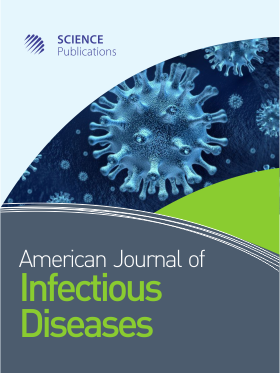Hemodynamic Catheters: The Reprocessing, Cleanliness and in vitro Biofilm Formation by Enterococcus faecium in a Continuous Flow Model
- 1 Instituto de Ensino Superior de Londrina, Brazil
- 2 Universidade Estadual de Londrina, Brazil
- 3 University Hospital and Clinic Center, Brazil
Abstract
Reprocessing single-use devices to cut costs is a common practice in hospitals around the world. In Brazil, there are few studies of reprocessing hemodynamic catheters and thus, this study aimed to evaluate the effectiveness of reprocessing hemodynamic catheters before and after biofilm formation in vitro using a continuous flow model. We used a sterility test and Scanning Electron Microscopy (SEM) to assess the presence of microorganisms, residue and integrity of a New (NC) and Reprocessed (RC) hemodynamic catheter, before and after in vitro biofilm formation by a clinical isolate of Enterococcus faecium (strain 155). NC was considered the negative control. The sterility test did not show the presence of microorganisms in either catheters used as a negative control (NC and RC). On the other hand, changes in integrity were observed by SEM in the RC, with a large number of microcracks and recesses, indicating that this would get worse after reprocessing. After biofilm formation and subsequent sterilization by ethylene oxide, both catheters were examined by SEM and RC showed a dense array of exopolysaccharide and substantial organic waste material, which was not evident in NC, showing changes in surface integrity. Ethylene oxide sterilization is very efficient in the sterilization process but the reprocessed catheters after biofilm formation by strain 155, showed marked surface changes, which increases the adhesion of organic matter and compromises the cleaning process in reprocessing. The results can be used as a parameter for hospitals and companies that reprocess catheters, to develop protocols for standardized and systematic surveillance in reusing materials recommended for single use to prevent infections.
DOI: https://doi.org/10.3844/ajidsp.2015.33.40

- 3,359 Views
- 2,065 Downloads
- 0 Citations
Download
Keywords
- Single-use Devices
- Catheter-Associated Infections
- Sterilization
- Residue
- Scanning Electron Microscopy
